Charging an electric vehicle in a public place can seem daunting, especially for new electric vehicle (EV) owners. As charging stations continue to proliferate, understanding the charging process can also greatly improve convenience. This guide will help you navigate public charging stations, from finding the right location to paying for the service.
What Is Public EV Charging?
Public electric vehicle charging refers to infrastructure and services that allow electric vehicle (EV) owners to charge their vehicles outdoors. These charging stations are installed in a variety of public and semi-public areas, providing drivers with convenient and fast options for charging while they are away from home.

Public charging stations are typically located in places where drivers are likely to stop, such as shopping centers, parking lots, workplaces, hotels, and along highways. This layout ensures that drivers can charge their vehicles during daily activities, long trips, or emergencies.
The main types of chargers available at public stations include:
-
Level 2 Chargers: These chargers use 240-volt power and are the most common type found in public locations. They provide a faster charging option than standard household outlets, typically taking 4 to 6 hours to fully charge an EV. Level 2 EV chargers are suitable for places where vehicles can be parked for a few hours, such as malls, restaurants, and public parking lots.
-
DC Fast Chargers: These high-power chargers use direct current (DC) at 480 volts or more, enabling them to charge an EV to 80% capacity in just 20 to 60 minutes. DC Fast Chargers are strategically located along highways and major routes, making them ideal for long-distance travel and quick recharges.
Public EV charging networks are operated by various providers, each offering different access methods and payment options. Some stations may require a membership or use a specific app, while others allow pay-as-you-go access with credit or debit cards.
How Do You Find Public Charging Stations?
Finding public charging stations for your electric vehicle is easier than ever, thanks to a variety of tools and resources. Here are some of the most effective ways to locate a charging station:
-
Mobile Apps: Popular apps provide real-time information about the location, availability, and type of charging station. These apps often include user reviews and photos to help you choose the best location.
-
In-Car Navigation Systems: Many electric vehicles come equipped with built-in navigation systems that show nearby charging stations. These systems are often integrated with real-time data, allowing you to see which stations are currently available and plan your route accordingly.
-
Online Maps: Websites like Google Maps and dedicated EV maps allow you to search for charging stations in your area. Simply enter terms like "EV charging station" or "electric car charger" to see a list of options, complete with directions and additional details.
-
Manufacturer Networks: Some car manufacturers have their own networks of charging stations. For example, Tesla has its Supercharger network, which is exclusively for Tesla owners. These manufacturer-specific stations are often conveniently located and designed to provide the fastest charging speeds for their vehicles.
By using these resources, you can easily find public charging stations wherever you go, ensuring that you always have access to the power you need to keep your electric vehicle running smoothly.
How to Charge an Electric Car at a Charging Station
Charging an electric car at a public station is straightforward once you know the steps. Here’s a simple guide to help you through the process:
-
Locate a Charging Station: Use a mobile app, an in-car navigation system, or an online map to find a nearby charging station. Make sure it’s compatible with your vehicle and check if it's available.
-
Park Your Car: Pull into the designated EV charging spot and make sure your car is properly aligned with the charging equipment.
-
Prepare the Charger: Depending on the station, you might need to use a membership card or mobile app to activate the charger. Follow the on-screen instructions or prompts on your app to start the session.
-
Plug In: Open your car’s charging port and connect the charging cable. Ensure the plug is securely inserted.
-
Start Charging: The charging process should begin automatically. Most stations have a display that shows the charging status, including the current charge level and estimated time to full charge.
-
Monitor Charging: While your car is charging, you can monitor the progress via the station's display or your vehicle’s mobile app. Many apps will notify you when your car is fully charged or if there are any issues.
-
Complete the Session: Once charging is complete, disconnect the charging cable and secure it back in place. Some stations require you to end the session via an app or by tapping your membership card again.
-
Move Your Car: After unplugging, promptly move your car from the charging spot to allow other drivers to use the station.
By following these steps, you can efficiently charge your electric vehicle at any public charging station, ensuring you’re ready for the road ahead.
How Long Does It Take to Charge an Electric Car in Public?
The time it takes to charge an electric car in public can vary based on several factors, including the type of charger, your car’s battery capacity, and the current charge level of your vehicle.

Level 1 Chargers, which use a standard 120-volt outlet, are the slowest option. Charging with these can take anywhere from 8 to 20 hours for a full charge. They are not commonly used in public stations due to their long charging times.
Level 2 Chargers are much faster, operating on 240 volts. These chargers can typically recharge an electric vehicle in about 4 to 6 hours, depending on the battery size and the current level of charge.
DC Fast Chargers are the quickest option available, using high-power direct current (DC) at 480 volts or more. They can charge an electric car to 80% capacity in just 20 to 60 minutes.
How Do You Pay for Public Electric Car Charging?
Most charging networks require you to set up an account and link a payment method such as a credit card through their app or website. Once your account is set up, you can start charging using the network's app or membership card. Payments are processed automatically based on your usage, either through your linked card or through a prepaid balance on your account. Some charging stations also offer a 'pay-as-you-go' option, where you can pay directly at the station using your credit or debit card without the need for a membership.
Additionally, some networks offer subscription plans that provide unlimited charging at a discounted rate or for a monthly fee. Knowing the available payment options ensures a smooth and hassle-free charging experience every time you charge your electric vehicle.
How to Charge Electric Cars for Free
Charging your electric car for free is possible if you know where to look. Here are some ways to take advantage of complimentary charging:
-
Public Libraries and Community Centers: Many public institutions, such as libraries and community centers, offer free EV charging as a service to the community. These chargers are typically Level 2 and available during operating hours.
-
Workplaces: Some employers provide free charging stations for their employees. Check with your workplace to see if they offer this perk. It's a convenient way to charge while you work.
-
Shopping Centers and Retailers: Certain shopping malls, grocery stores, and retailers provide free charging to attract customers. These stations are often found in prominent parking spots and can be a great way to top up your car while you shop.
-
Hotels and Resorts: Many hotels and resorts offer free charging for guests. If you’re planning a trip, look for accommodations that provide this service. It’s an excellent way to ensure your car is fully charged during your stay.
-
Automaker Promotions: Some electric vehicle manufacturers offer free charging as part of their purchase or lease agreements. This could include free access to specific charging networks for a limited time.
-
Government Programs and Incentives: Certain municipalities and regions offer free charging as part of government initiatives to promote electric vehicle adoption. These can often be found in public parking areas and transportation hubs.
By taking advantage of these opportunities, you can significantly reduce your charging costs and enjoy the benefits of driving an electric vehicle without worrying about the expense of recharging.
Conclusion
Public charging stations are becoming more and more popular, and it's becoming easier and easier to charge your electric vehicle, whether it's for your daily commute or a long trip. As more infrastructure is added, driving an electric car will become more convenient and easier for everyone.

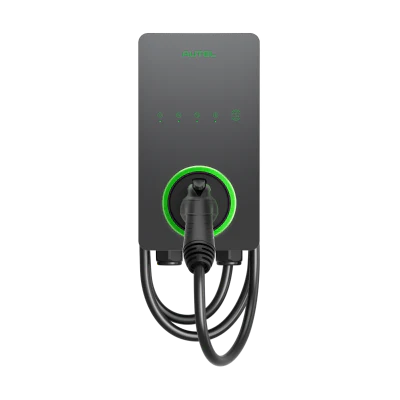
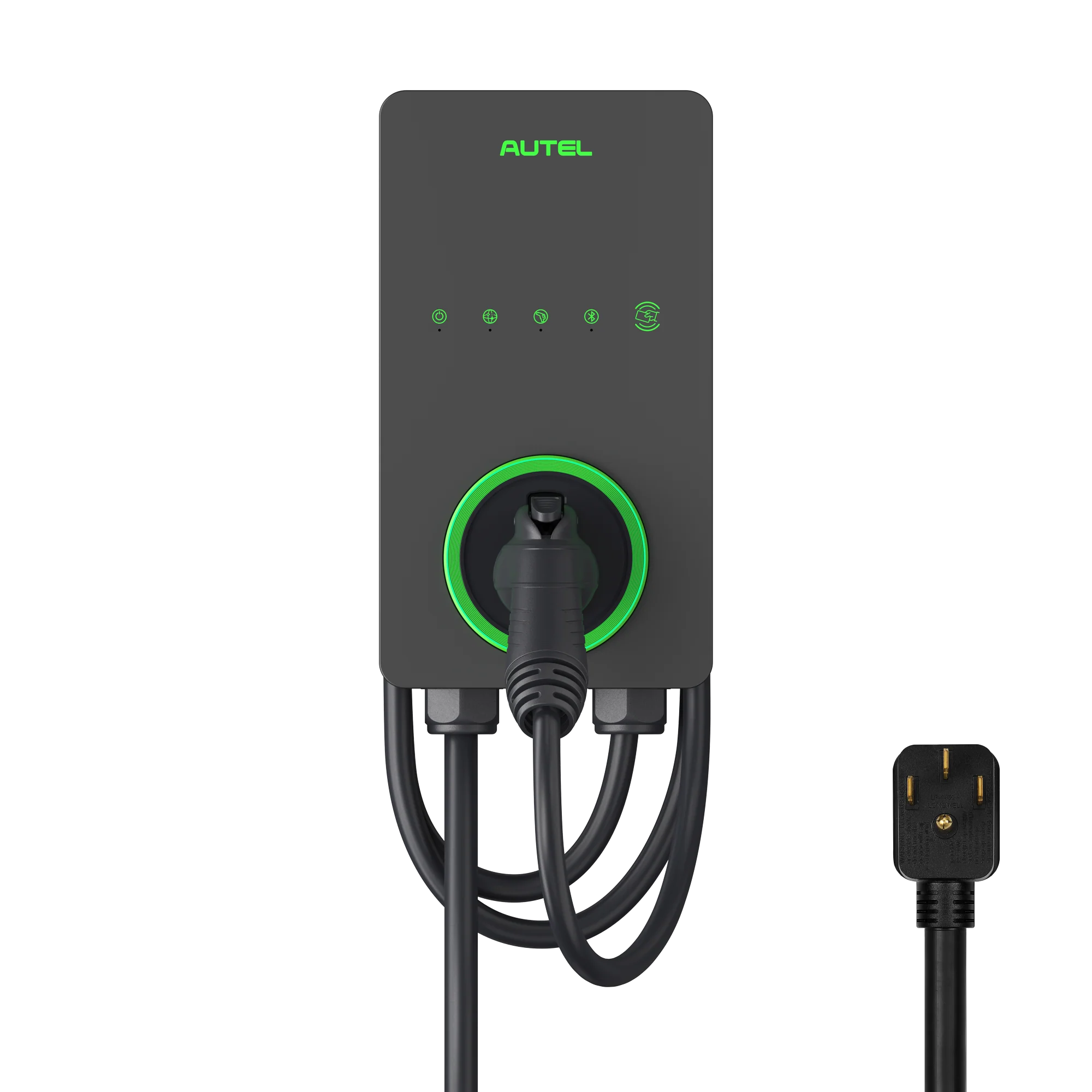
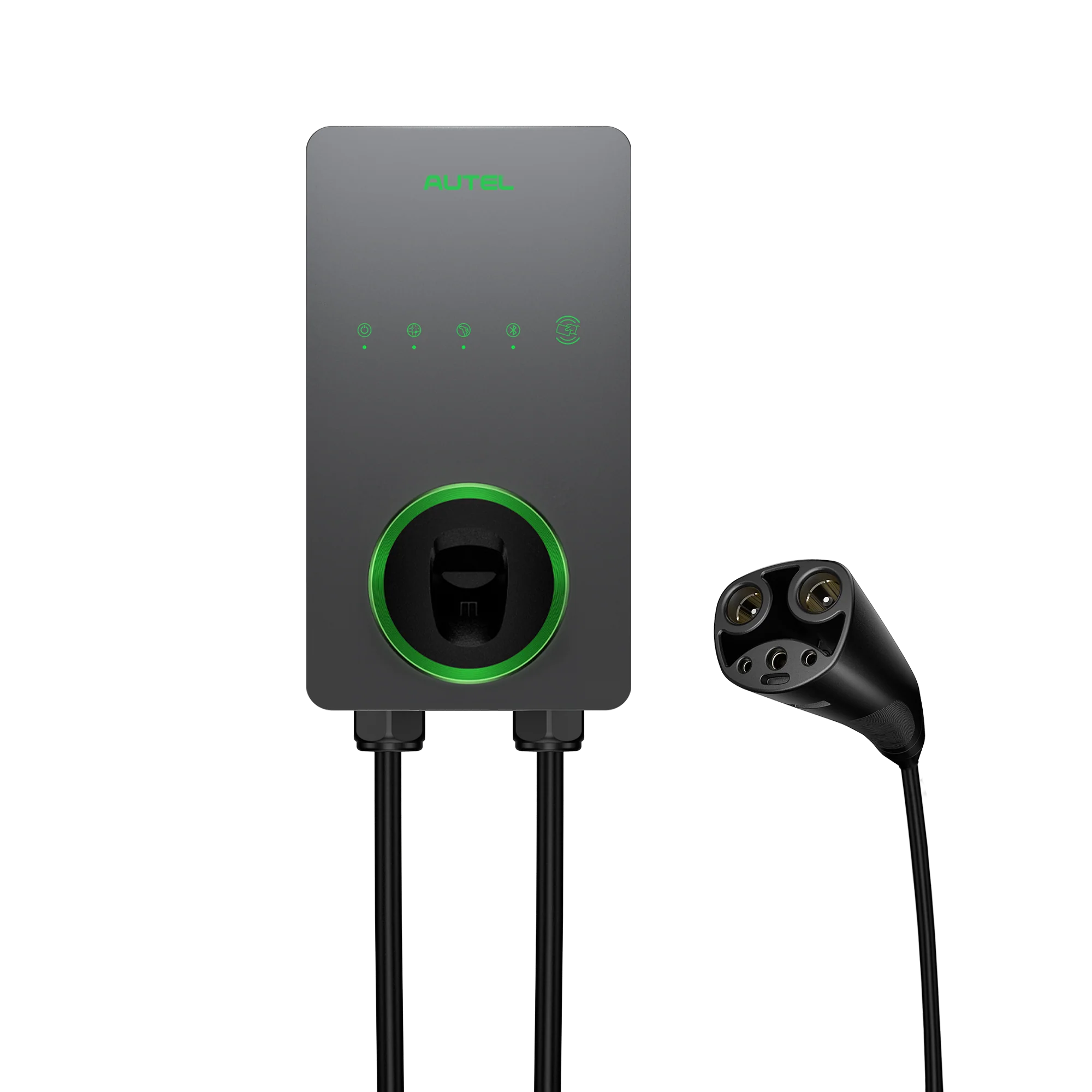
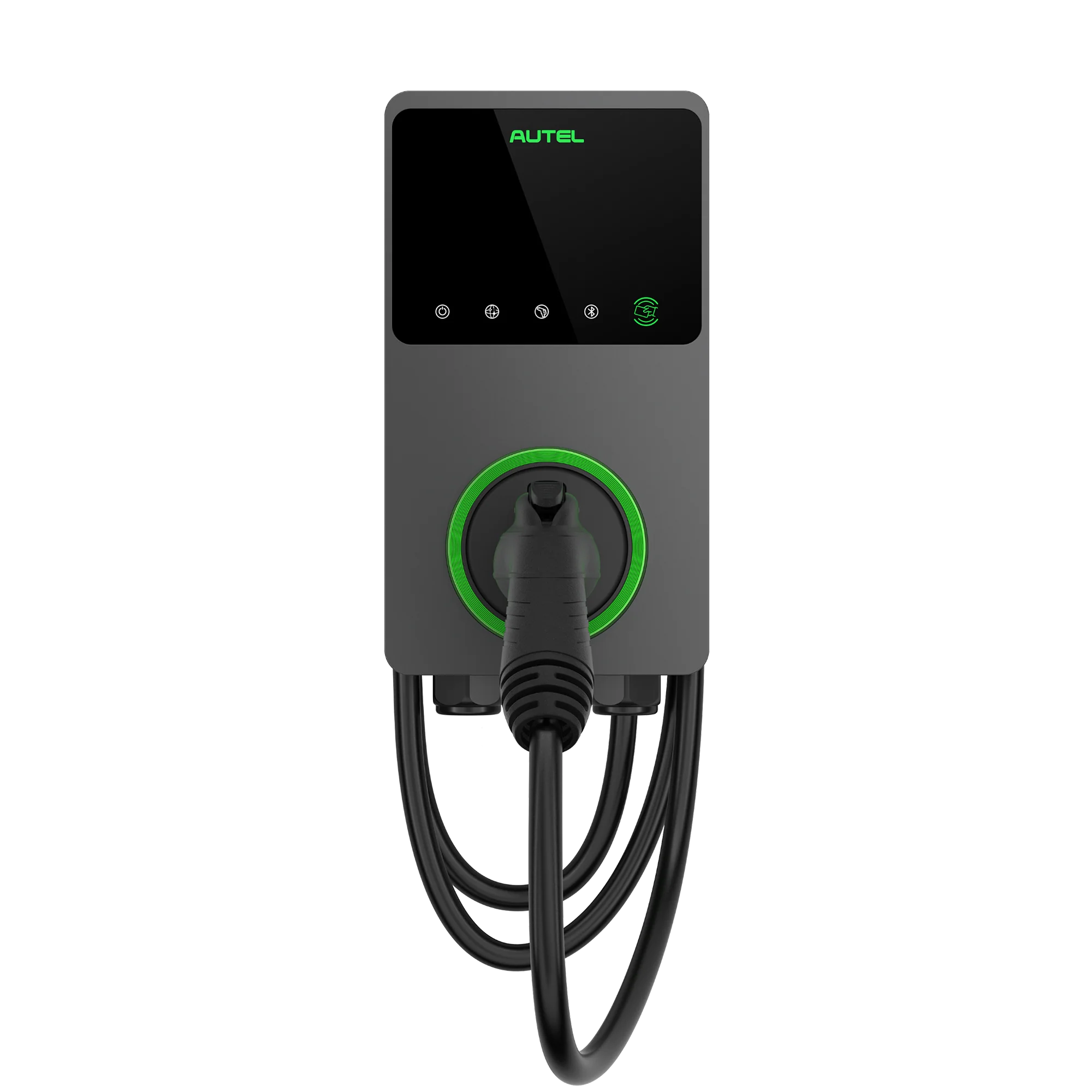
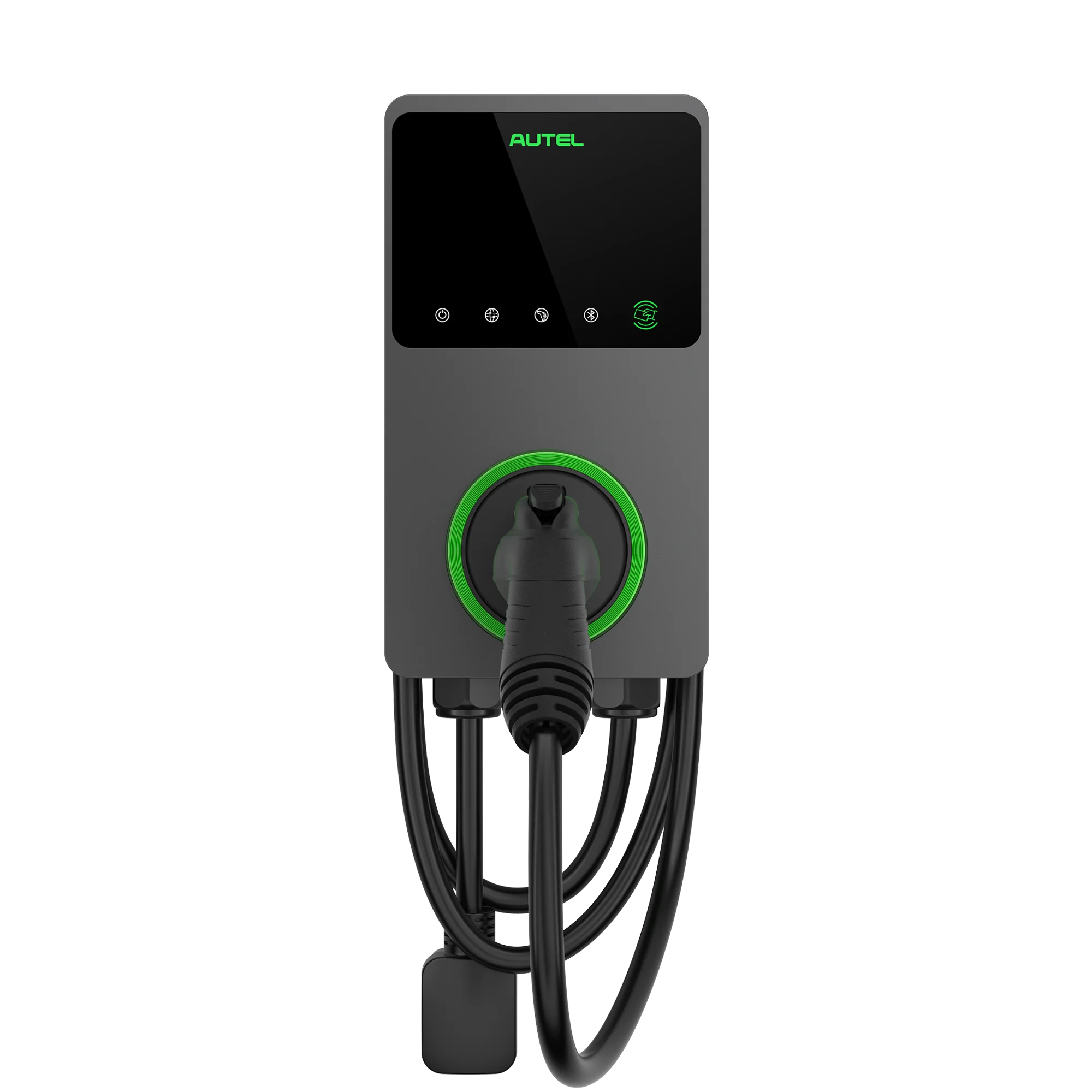
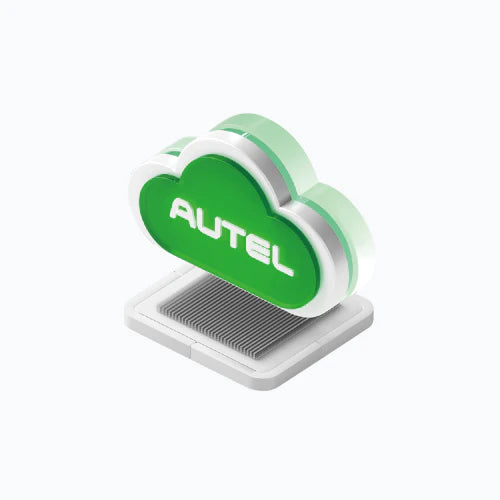
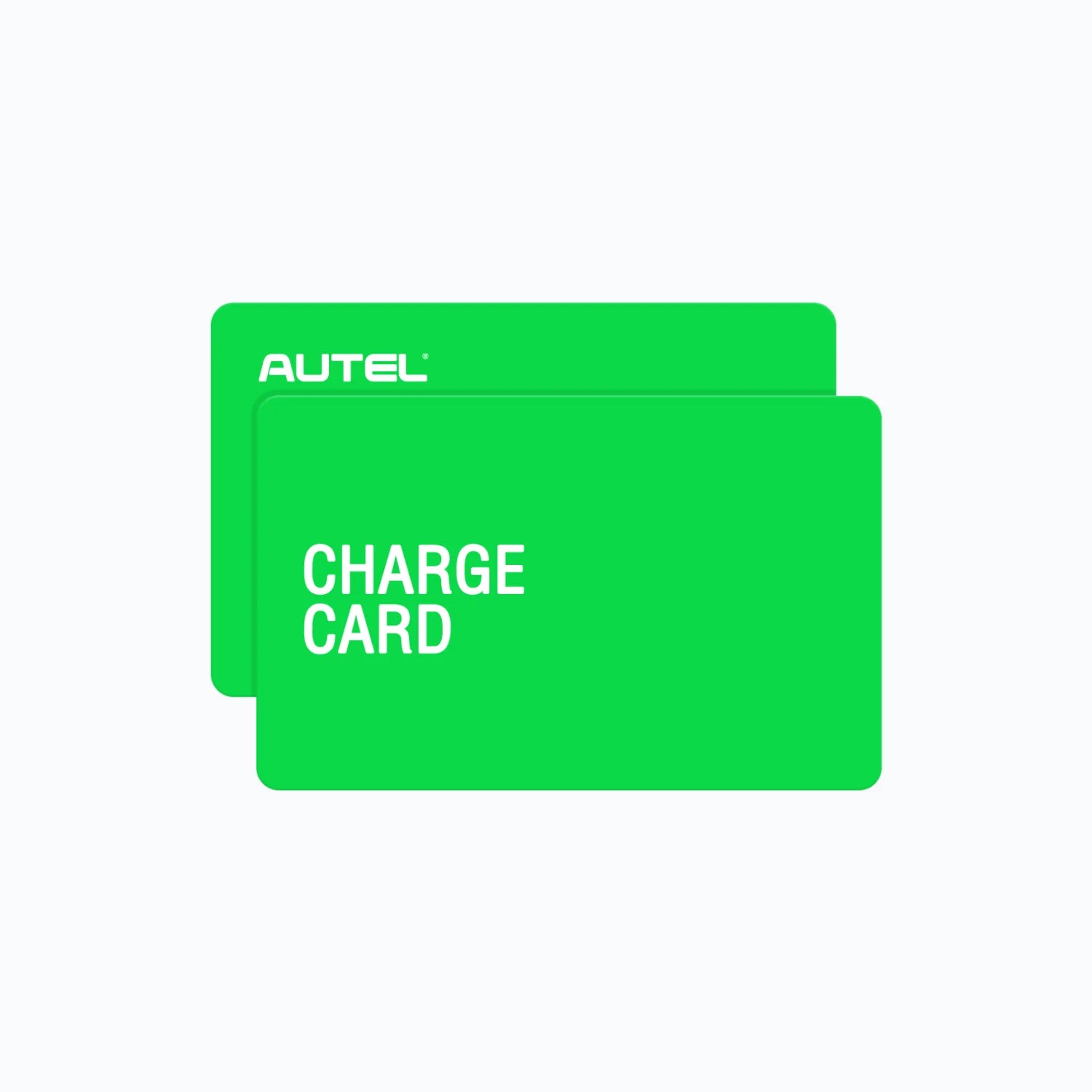
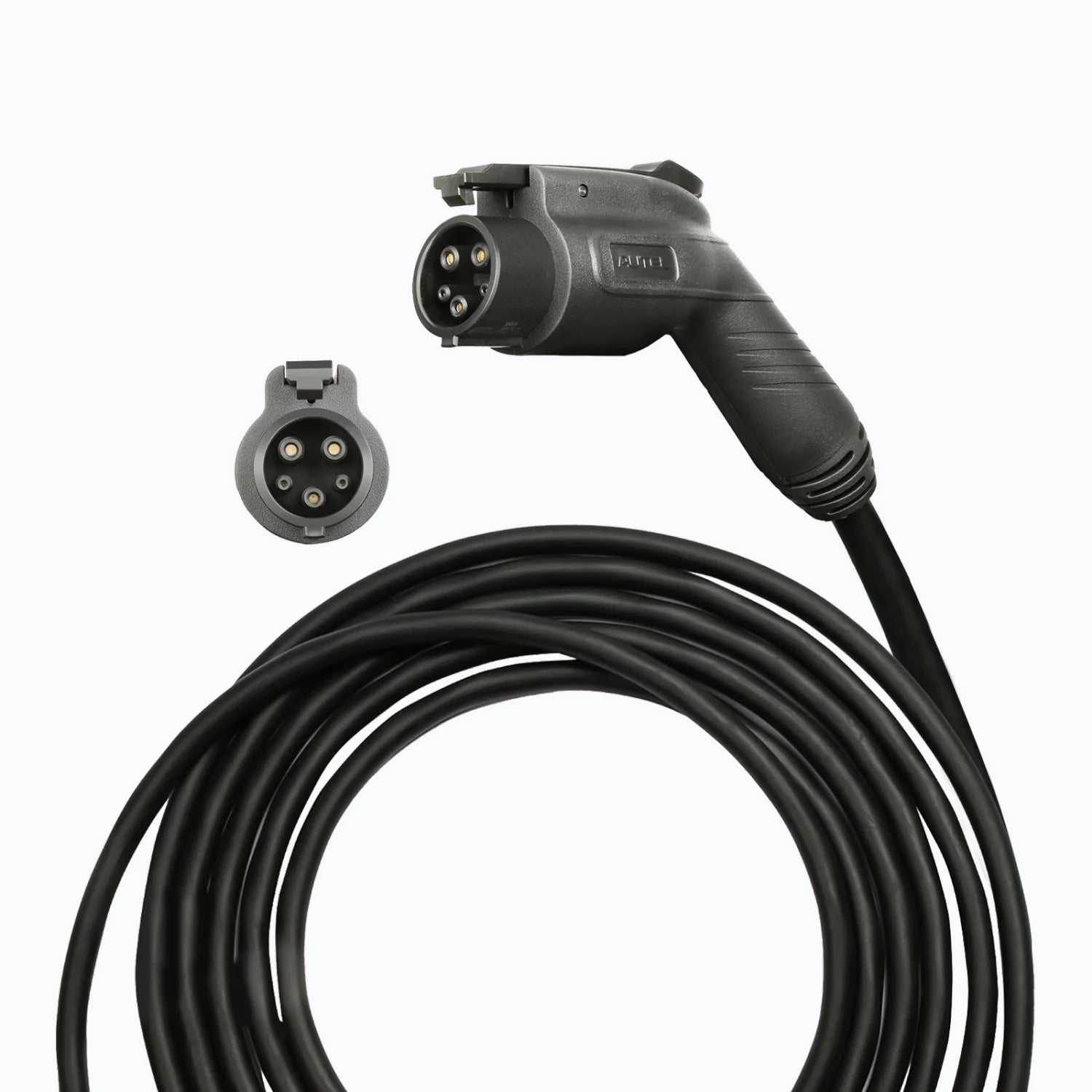


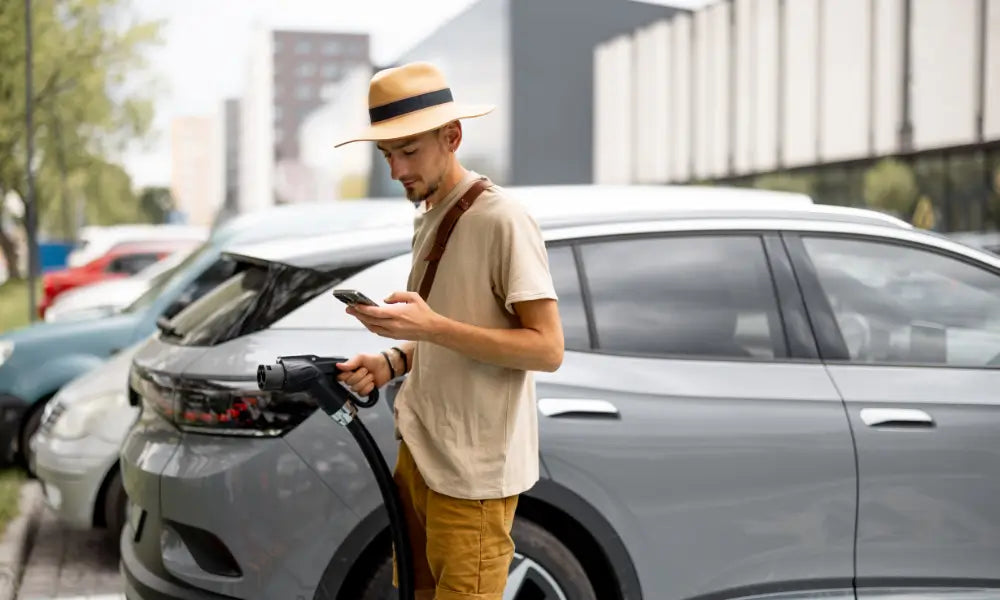
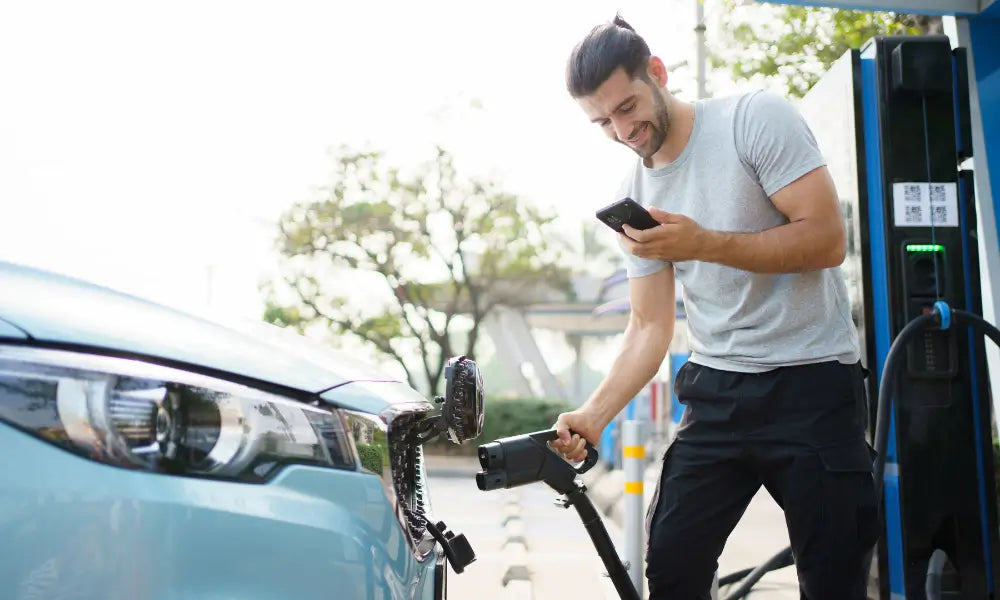
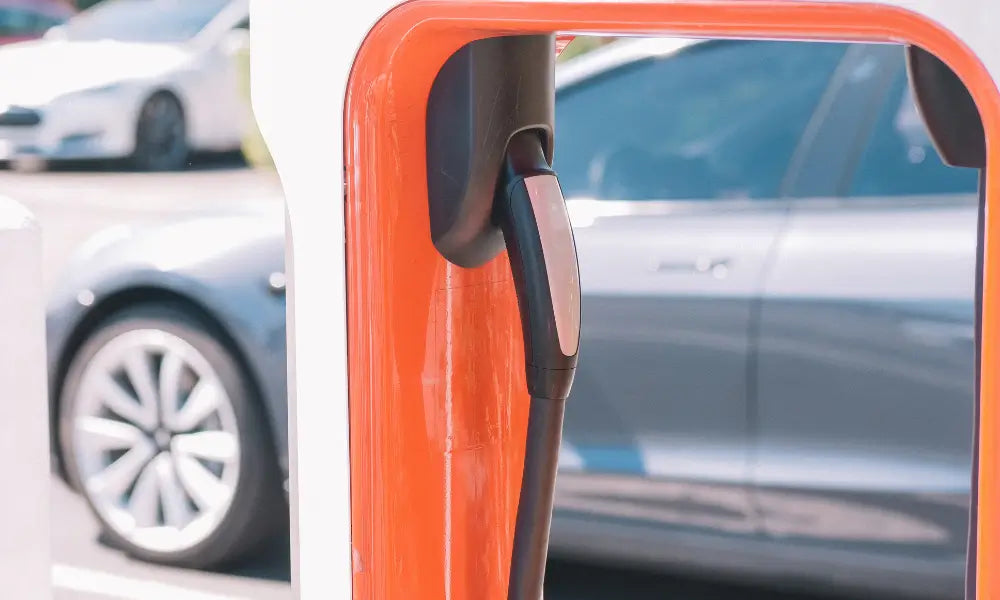
Leave a comment
All comments are moderated before being published.
This site is protected by hCaptcha and the hCaptcha Privacy Policy and Terms of Service apply.